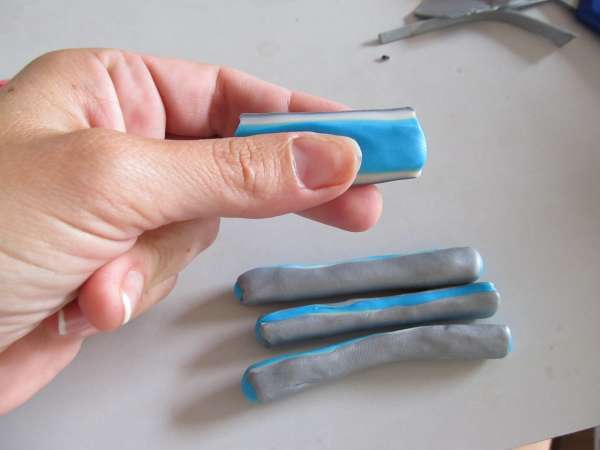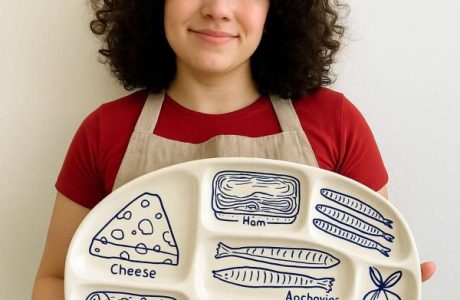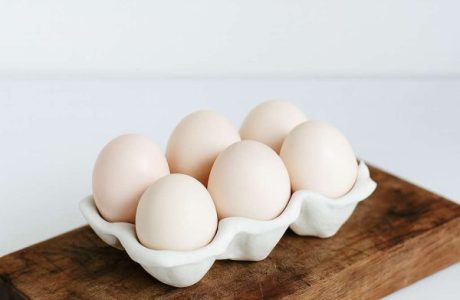 This question is asked by most newbies to polymer clay. The answer isn’t as simple as it seems. It depends on many factors, from the brand of clay to the temperature and time it was cured at.
This question is asked by most newbies to polymer clay. The answer isn’t as simple as it seems. It depends on many factors, from the brand of clay to the temperature and time it was cured at.
One factor of flexibility depends upon how thick you make the item. They all flex when very thin, less than 1/16 of an nch. Of them Kato is the most flexible, then Fimo, Fimo Soft
, Premo
, and finally Sculpey III. In general, do not use Sculpey III
if the item needs to flex after baking. It tends to be brittle at any thickness. Sculpey also produces Bake-n-Bend which is a flexible clay. No matter what brand you use, they all must be properly conditioned by hand kneading or by putting the clay through a pasta machine. Remember that conditioned clays will need reconditioning if left unused for several days.
While Sculpey III is one of the most brittle of the polymer clays. After baking, Bake-n-Bend will become brittle over time. Mix 1 part Premo to 1 Part Bake n’ Bend for a more durable yet flexible product. For even greater flexibility add 1 part Kato Clay to the mix. Pure Kato or Premo should do the job if cured properly. To give you an idea, if you mix Premo 50/50 with Bake and Bend, the result can be extruded for snakes flexible enough to crochet. If that is more flex than you want, try Kato and Premo in a 50/50 mix. To avoid breakage be sure to cure at a high enough temp for at least the manufacturer’s recommended temp and time. Any longer than that and the clay won’t be as flexible. If you have mixed clay brands it is safe to bake at the higher temperature for the recommended time.
Polymer clay is also pliable right after it comes out of the oven. You can twist and bend it into the desired shape then cool it under running water to set the shape. You can also cut tube beads after removal from the oven to keep distortion down.If polymer clay is under cured it will degrade over time.The plasticizers will leach from the middle to the outer layers.You need to be extremely sure you’re curing at the right temperature. If you don’t have a freestanding oven thermometer you should get one. Big Lots, dollar stores and Wal Mart type places have them for around $8.They stand/hang in your oven on the rack, (not a probe or anything like that) It is always important to use one of those in any oven you bake in to get the temperature right before you put in your items.Undercuring is thought to cause cracks in beads and such. There may be cases where people recommend putting clay into a cold oven and heating it to the max temperature and leaving the items to cool before taking them out (some old-timers say this method is good for beads that may crack while baking), but some have found that toaster ovens spike while it preheats, which can burn clay. Convection ovens have been used with success also. Never use a microwave to cure polymer clay.





what will happen if a microwave is used to cure premo polymer clays? i have trouble curing my clay. everytime before i cure my premo clay, the colours are brilliant, but when cured, the colours fade. i dont know why. could u explain to me and point out where i have gone wrong?
I have been working with polymer clay for years. I`m only 15 so I can`t yet make a living off it, I was wondering if setting a pan of polymer clay creation on a hot radiator would cure them. Once I accidently dropped a clay bead on the radiato. Not noticing it I left it there for like an hour. When I finely noticed and removed it, it was hard and seemed cured and solid. setting my clay to bake on my radiator would be convenant because it`s always on since were I work is cold.